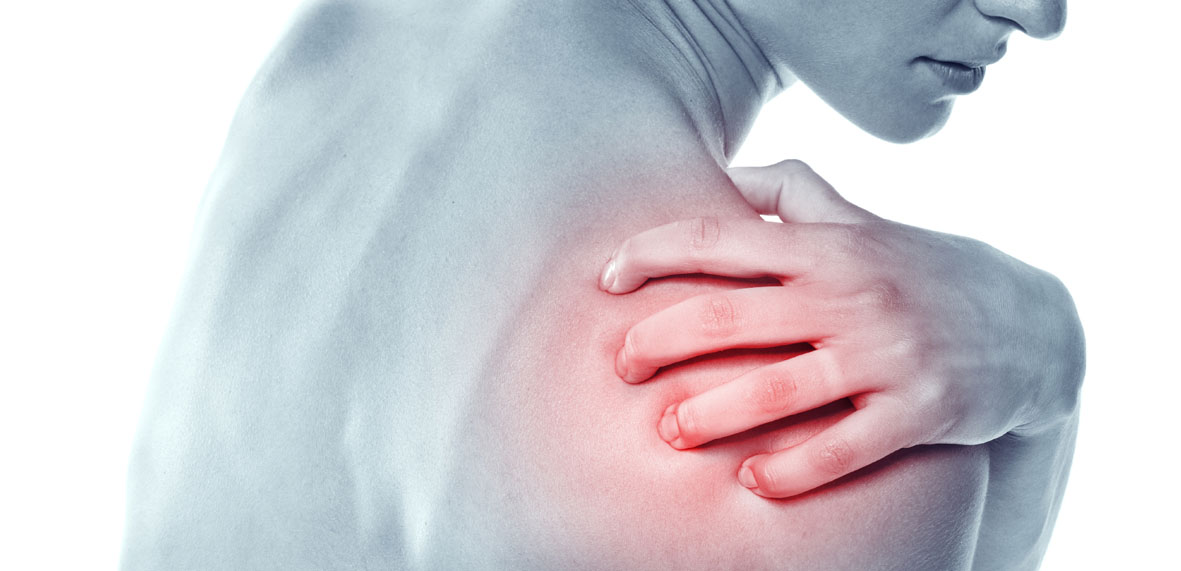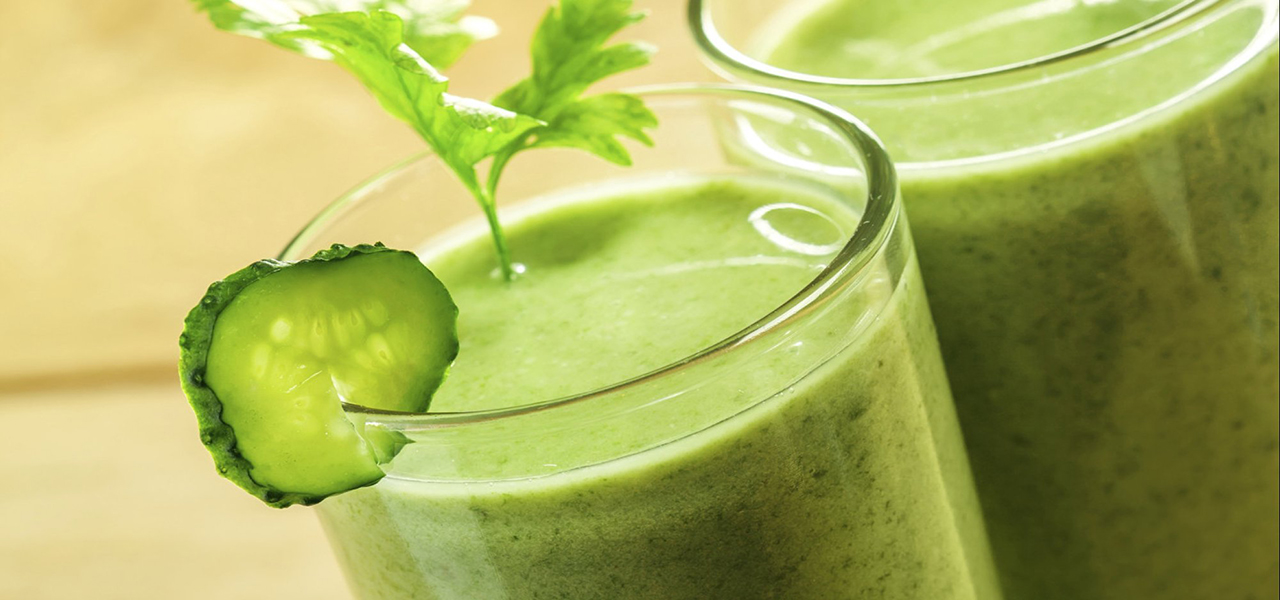Today I will talk about a problem that frequently happens to those who practice physical activities. I believe that many people feel the symptoms but they don’t know that they have bursitis. The word is ugly, but it’s such a boring pain that it is better to know what to do.
Let’s go: Bursitis is an inflammation of the bursa, which is nothing more than a small bag with a liquid that exists in multiple joints. Bursitis happens when the bursa is inflamed. The bursa acts as a cushion between bones, tendons, joints and muscles. These “bags” serve to reduce the friction and the impact between the articulations.
It is often confused with tendonitis. But be careful, they are two very different things. In health all ending in ITIS, is inflammation. Example: Bursitis = inflammation in the bursa; Tendinitis = inflammation in the tendon; Sinusitis = inflammation in the sinuses, and so on.
It is easy to get confused, but with the help of touch and of tomography, we get know well what the problem is. But this time we will focus on Bursitis.
According to physiotherapist Dalton Faria, partner Blog Sport & Health, when there is an inflammation in the bursa, we feel a chronic pain, often intermittent, accompanied by discomfort when touching the location or when we perform abrupt or sudden movements, or when there is an impact.
The most common symptoms are intense pain at the site, swelling in the joint, the site is a bit hot, with redness, and it hurts when exercising or when we do simple movements around. Dr. Faria explains that there is no mistake: if you have these symptoms, especially severe pain in the joints, it is probably bursitis.
The most common sites for it to appear are the shoulders and hips, but it can frequently occur in the elbows and knees.
You are not old enough to have bursitis, though, but it can happen more frequently in older people, due to factors such as weakness and muscle shortening, and also because of metabolism.
Once the problem is identified, it is not necessary to treat with surgery or other invasive treatment. The patient can use a non-steroid anti-inflammatory medicine. In a period of one month to a month and a half, and with a lot of ice, it is possible to treat it.
When the case is more severe there may be the need for infiltration, but this is only in extreme cases, and under medical supervision. Physical therapy is very important, especially in the treatment of chronic and recurring bursitis.
It may seem a simple inflammation, but if left untreated, the bursa loses its function, which is to cushion the impact of the joints, and the case can progress to osteoarthritis, which is the wear of the joints. We’ll talk about this later!
Athletes and physically active people are more likely to have bursitis than people who do not practice exercises. The factor is that athletes and physically active individuals are always making moves and using their strength with a greater degree of risk.
I decided to write about it because I found that I suffer from bursitis. And I can say that it’s the kind of pain that bothers me a lot, especially when I exercise, run, ride my bike, or when I sit for a long time in the car. Sometimes it deceives me, and I think it is over, but as soon as I begin to exercise it appears again.
Now that we know about it, let’s take care of it so that nothing interferes in our day-to-day physical activity.
We are together, even in bursitis!
Kisses. I hope I have cleared up things about that inflammation with a strange name!












